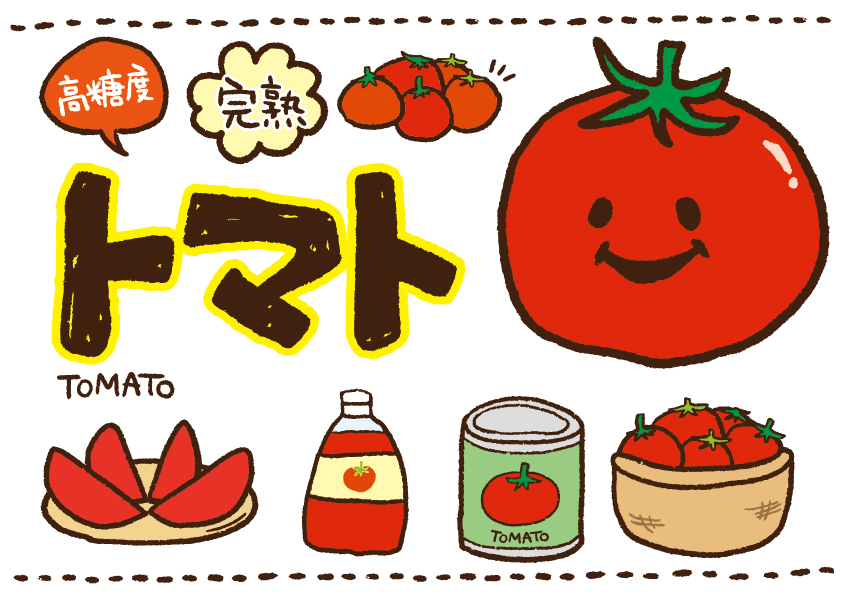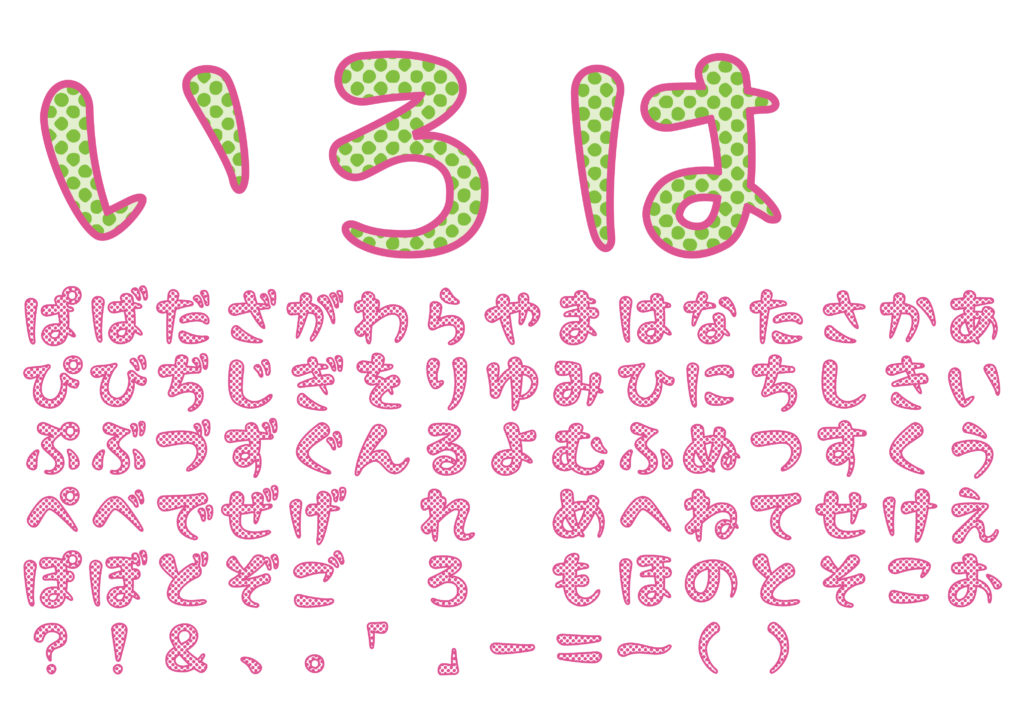Learning Katagana(カタカナ) and basic Japanese words in 5 minutes
- 2019.08.18
- Learning Japanese
- Basic Japanese, katakana, カタカナ

Hi(こんにちは), welcome back to the complete beginner course of learning Japanese. In this post, I’m trying to write both in Japanese and in English to enhance your understanding of the Japanese language. However, 漢字(kanji), one of three writing systems in Japanese, is difficult for the absolute beginners, I will write it down using only ひらがな and カタカナ.
こんにちは、にほんごちょうしょしんしゃコースへようこそ。こんかいから、みなさんのにほんごへのりかいをふかめるために、にほんごとえいご2かこくごひょうきでかいてみます。ただし、にほんごの3つのひとつである漢字(かんじ)はしょしんしゃにはむずかしいのでひらがなとカタカナでかいてみます。
Until the last lesson, we have learned ひらがな (hiragana). If you have no idea about ひらがな or not sure about reading hiragana, please take a look at this page.
ぜんかいまでに、ひらがなをがくしゅうしました。もし、まだひらがなのことがよくわからない、またはよむのにじしんがないかたは、このページをみてください。
Moreover, since カタカナ(katakana), the topic of this post, and ひらがな correspond to each other exactly, I strongly recommend that you should review ひらがな. So, without further ado, let’s learn about カタカナ.
それにくわえて、こんかいのトピックであるカタカナとひらがなは、それぞれがたいおうするので、ひらがなをふくしゅうすることをつよくすすめます。さて、まえおきはこれくらいにして、カタカナをまなびましょう。
The history of カタカナ (katakana) and its usage

In this lesson, we are going to learn カタカナ(katakana), one of three writing systems in Japanese. カタカナ was historically started to be utilized to read Chinese in Japanese sentence structure since nine century.
このレッスンからはじまるカタカナはみっつのにほんごのひょうきほうのうちのひとつです。カタカナはれきしてきには、9せいきからちゅうごくごをにほんごのぶんぽうでよむために、つかわれはじめました。
Nowadays, カタカナ(katakana)is mainly used when you describe some words which are initially from foreign language ones into Japanese.
げんだいでは、カタカナはおもにがいこくごにゆらいするたんごをひょうげんするのにつかわれています。
For instance, ラーメン(Ramen)is written in katakana because it is originally from China. Though it has been adopted and improved as Japanese style, it has become one of the most famous Japanese food all over the world.
Another example is トマト(tomato)is generally written in katakana as it is originally from South America.
たとえば、ラーメンはちゅうごくゆらいのために、カタカナでかかれます。ラーメンは、にほんりゅうにかいりょうされ、こんにちではせかいじゅうでもっともゆうめいなにほんりょうりとしてゆうめいになっています。
べつのれいとしては「トマト」がいっぱんにカタカナでかかれます。これは、トマトのげんさんがみなみアメリカなためです。
Also, non-Japanese names such as John (ジョン) or Maria(マリア) are usually written in カタカナ.
また、「ジョン」や「マリア」といったにほんじんいがいのなまえもふつうはカタカナでかかれます。
The quickest way to remembering カタカナ with Gojuon


Obvious from the chart above, each of the 46 カタカナ characters has an equivalent in every 46 ひらがな characters, except for dakuon(゛) and han-dakuon(゜) words since they are written just putting one of them on the top right of the standard カタカナ.
じょうきのひょうからもあきらかなように、46しゅるいのカタカナはそれぞれが46しゅるいのひらがなにたいおうしています。ただし、だくおん「゛」 とはんだくおん「゜」はカタカナのみぎうえにそれらをつけくわえただけなのでのぞきます。
Furthermore, since カタカナ and ひらがな are phonetically the same, all you need to remember is how to read and write カタカナ.
さらに、カタカナとひらがなはおんせいてきにもまったくおなじなので、ひつようなのはカタカナのよみかたとかきかたをおぼえることだけです。
Some basic words using カタカナ

Let’s take a look at some words, basically written in カタカナ.
さあ、いっぱんにカタカナでひょうきされるたんごをみていきましょう。
ビール (biiru) means bier.
レモン(remon) means lemon.
インターネット (Intaanetto) means the Internet.
テレビ(terebi)means TV (television).
テニス(tenisu) means tennis.
スマートフォン(sumaatofon) means a smartphone.
コンビニ(konbini) means a convenience store.
As you can see, many of the カタカナ words are phonetically similar to foreign words.
So, take it easy and just focusing on remembering how to read カタカナ.
That’s all. Thank you for reading as always and see you next time.
ごらんになってわかるとおり、カタカナのおおくはがいこくごとおんせいてきににています。
なので、きらくにカタカナをおぼえることだけにしゅうちゅうしましょう。
こんかいはいじょうです。いつものようにおよみいただきありがとうございます。ではまたじかい。
-
前の記事

Learning hiragana (ひらがな) ③ (っ, ゃ, ゅ, ょ) and basic Japanese words (にほんご) in 3 minutes 2019.08.07
-
次の記事
記事がありません